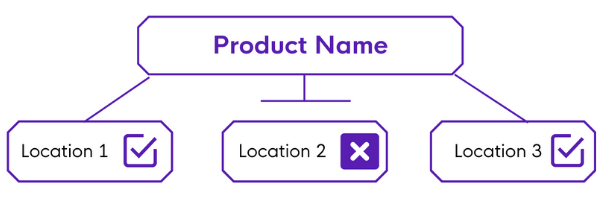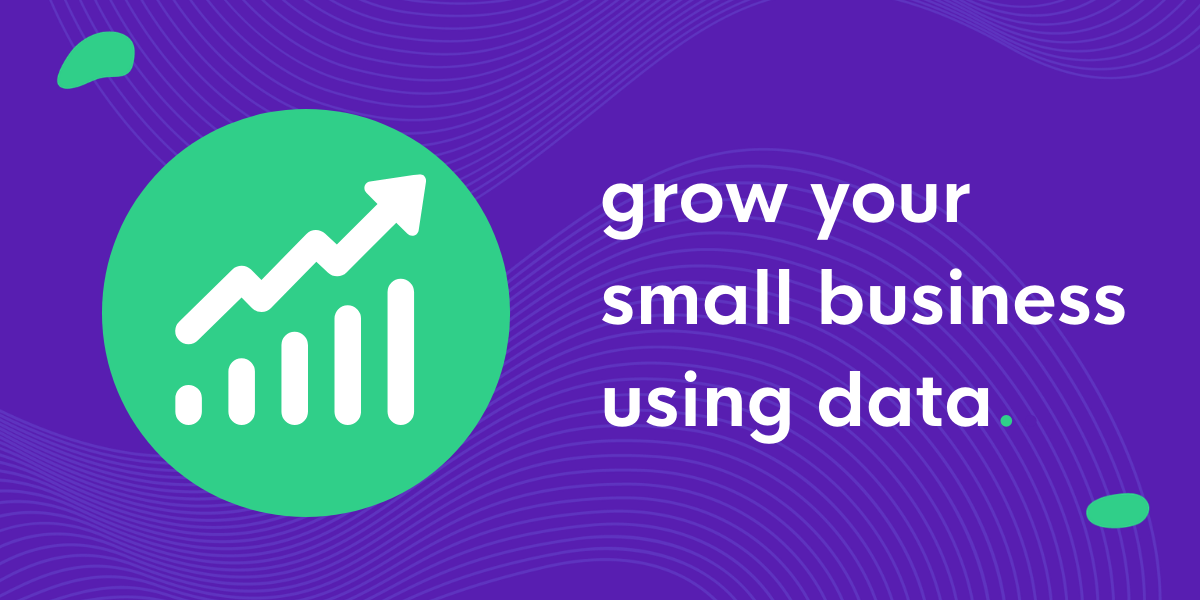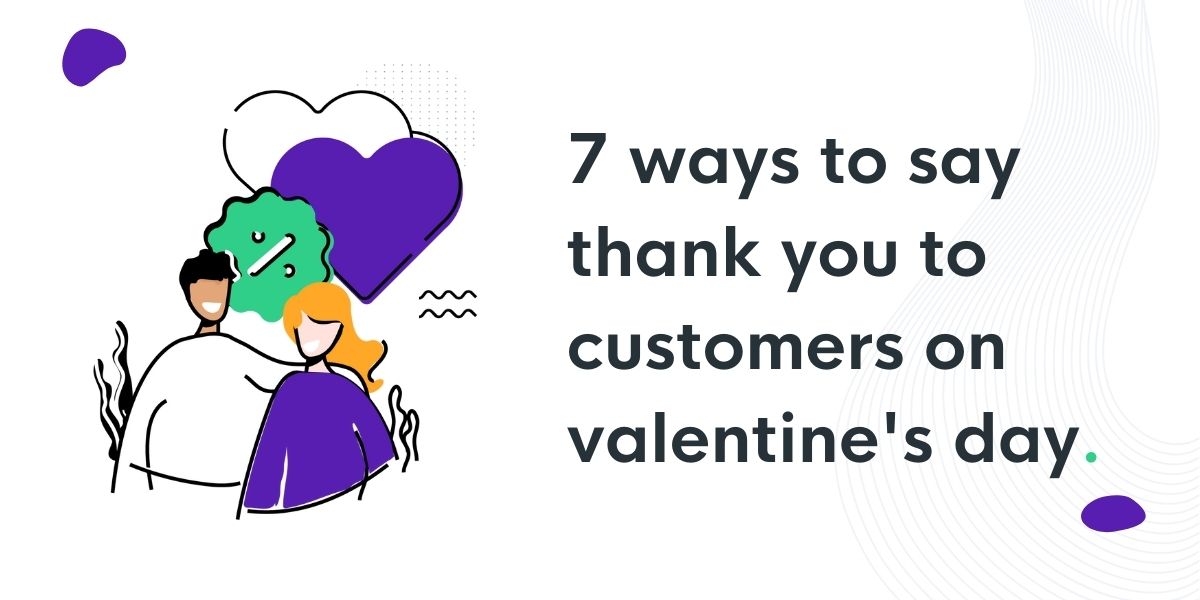Grow Your Small Business Using Data
Data is the new oil, as the analogy goes. I don’t necessarily agree as hydrogen is clearly the new oil, but there is truth in the statement. As economies become increasingly technologically advanced and automated, having a solid usable base of data (let’s call it a database 😉) will lead to significant competitive advantages. Data-driven businesses will win out over those that continue to ignore the importance of data to inform decision making.
Challenge 1: Understand the data that is worth analysing
Millions of pieces of data flow through your business each day. The first challenge for a business owner is understanding when the ‘juice is worth the squeeze’ to capture the data.
For example, let us consider a small take away sandwich shop and some of the data points they could capture and analyse:
- In-store conversion rate: The number of people who walk in the door versus those that make an order
- Timing: What time of day customers are more likely to make an impulse buy with their sandwich
- Buying choices: Most common sandwich filling relative to bread selection
For a small business owner with a busy schedule, it is not realistic nor profitable to manually track and analyse all of the available data. Too much can lead to ‘Paralysis by Analysis’. Too little can result in significant money left on the table and falling behind competitors.
The first step is to understand what you want to measure and why you want to measure it.
Challenge 2: Organise your data
In the ’90s, many retailers launched loyalty systems to track customer spending, boost revenues and provide better customer experiences. Of all the systems, it was Tesco’s (powered by data company Dunnhumby) that proved to be the only one capable of getting timely and relevant offers out to customers – all the others were drowning in a sea of their own data and were thus unable to act. To avoid death by data, business owners should automate their tracking and store data in an easily searchable and digestible way.
The biggest issue with data is not its capture. Instead, it’s how the data is organised after capture and processed to become usable information — without organisation for easy understanding and action, capturing data is pointless. Especially for small businesses who don’t have resources to have full time people working on this for them. An essential factor in organising your data is data consistency across your business.
For example, in LoyLap, the number one mistake in data consistency that we see merchants make is creating entirely new inventory catalogues for new locations. Instead, they should enable existing products from their main inventory for a second location.

(In LoyLap, enable the same product across multiple locations to maintain data consistency)
Why? Doing the latter gives more valuable information through better organisation. They could then use LoyLap to report on the sales of a product in totals across their business, break it down by store and compare locations. In the example, the merchant can only easily report on product sales for each site individually; getting business totals and comparisons would be manual.
To sum up...
Tracking and measuring high-level business data, such as total revenue and expenditure, has been necessary since we started conducting commerce. However, powered by technology and computers, we have entered a new era of data analytics accessible to small businesses. Those that embrace and use their data will have a competitive edge, drive more revenue and make more confident informed business decisions.
.png?width=110&height=53&name=tl%20(1).png)




Leave a comment